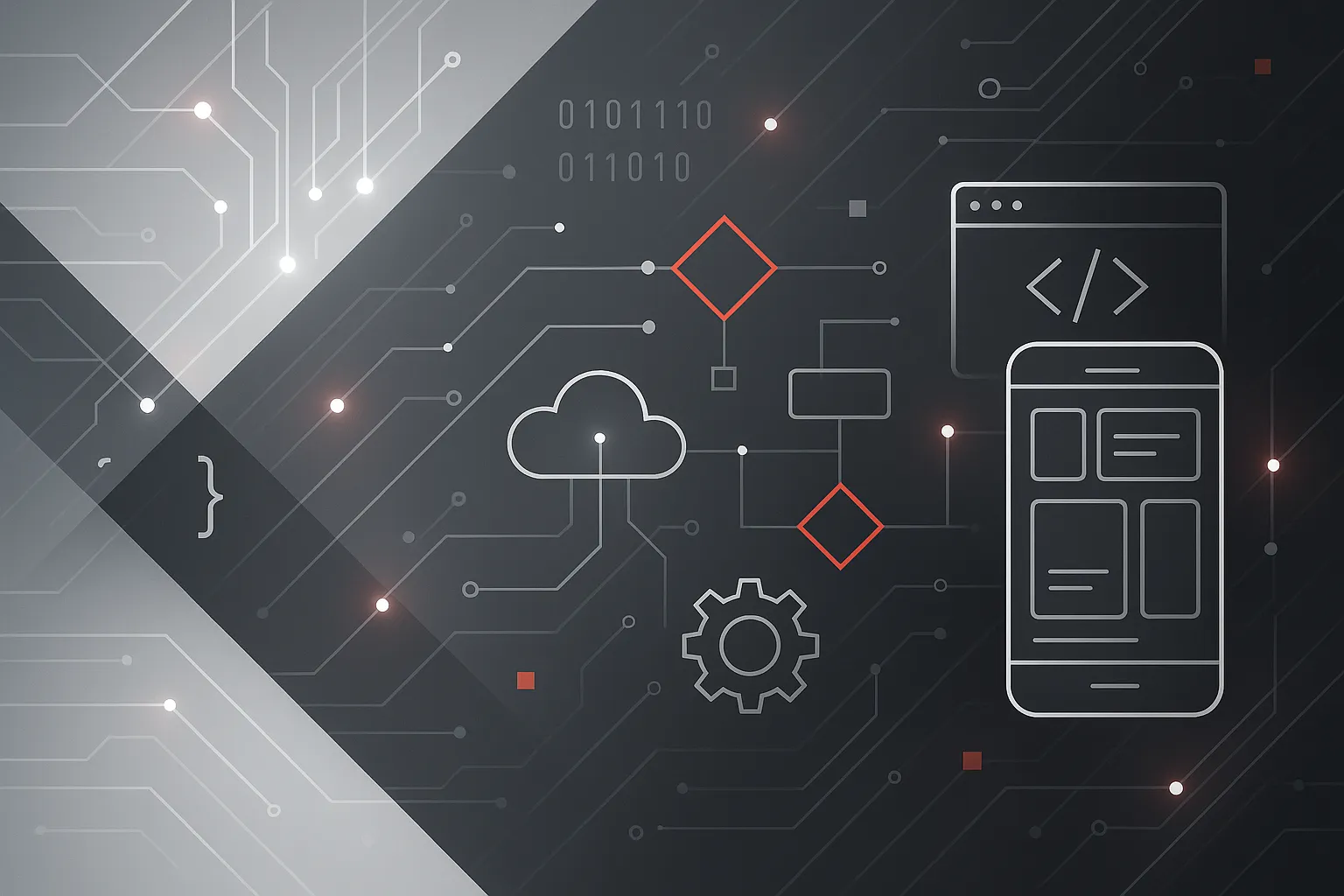Mainframes have been the titans of enterprise computing for over six decades, steadfastly supporting industries critical to the global economy. Today, the role of mainframes in modern IT is undergoing a significant shift, evolving from standalone legacy systems to central figures in cloud integration and digital innovation.
Mainframes: A Legacy Reinvented
For decades, mainframes have been associated with incredible robustness and reliability, especially in sectors like financial services, healthcare, and insurance. The evolution of IBM Z Systems exemplifies these characteristics. Mainframes are engineered to handle extensive workloads efficiently while reducing environmental impacts—a vital feature as sustainability becomes a key concern in technology. Their unmatched performance is not just a relic of the past but is continually being reinvented to meet modern demands.
Transforming Through Cloud Integration
Mainframes are playing a crucial role in digital transformation. A recent report indicated that 78% of executives now see their mainframes as essential for digital transformation. When combined with artificial intelligence, mainframes become powerful tools for innovation, embraced by over three-quarters of IT leaders worldwide. For instance, financial institutions have leveraged the powerful analytics of mainframes to streamline operations and enhance customer experiences significantly.
Bridging the Cloud and Legacy Divide
The fusion of mainframes with cloud technology forms a pivotal part of current IT strategies. Mainframes like the IBM z16 and LinuxONE have been developed for seamless integration within cloud ecosystems, thus enabling agile, scalable IT solutions. Businesses like a global retail chain have integrated their legacy systems into their modern cloud infrastructure, enhancing processing power while maintaining security and reliability.
In addition, companies such as IBM are leading the charge with innovations like Telum processors and the IBM Spyre™ Accelerator, which bolster their mainframes' capabilities. Such progress supports cloud-native development and ensures that these systems are not siloed but actively contribute to hybrid environments.
Addressing Skill Gaps and Technology Advancements
Identifying and nurturing talent skilled in modern mainframe technology is crucial. IBM's Z Xplore platform exemplifies efforts to bridge these skill gaps, fostering a new generation of mainframe professionals. Accenture's 6 R framework provides an incremental strategy for businesses aiming to modernize their legacy systems, ensuring they remain aligned with cutting-edge IT practices.
The Future of Mainframes in IT
The journey of mainframe technology is crucial for today’s IT landscape. As organizations embrace 2023 and the future beyond, mainframes will continue to evolve, reinforcing their role in synergizing legacy with modern solutions. How do you envision mainframes supporting your organization's digital strategies? Are there specific areas within your IT infrastructure where reimagining mainframes could maximize efficiency? Contemplate the journey ahead and share your insights or experiences in integrating mainframes within modern IT ecosystems. </

